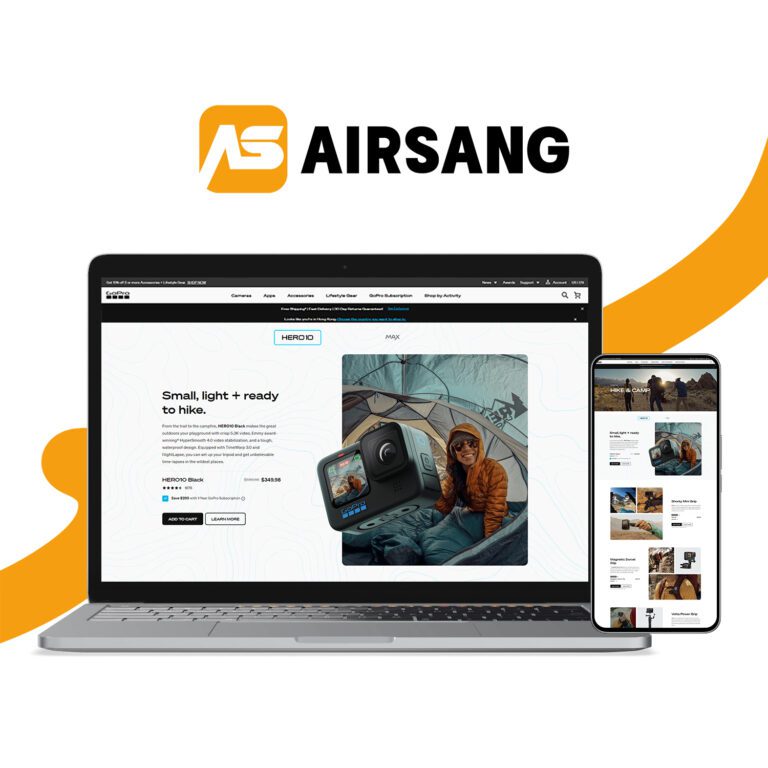“Is Your Data Ready for WordPress? Find Out!”
We specialize in building high-performance, accessible WordPress websites. This guide covers how WordPress handles accessible data, optimizing it for usability, searchability, and integration. Learn best practices for managing structured data, improving user experience, SEO, and load times. By the end, you’ll be equipped to make your WordPress site more accessible and efficient.
What Does “Accessible Data” Mean in WordPress?
1. Accessibility for All Users
In the context of WordPress, accessible data refers to how easily the data on your site can be retrieved, interpreted, and understood by all users, including those with disabilities. This includes:
- Screen reader compatibility
- Keyboard navigation for non-mouse users
- Structured and organized content to help users with visual or cognitive impairments
WordPress.org Accessibility Team: The team provides valuable resources to ensure your website content is readable by assistive technologies like screen readers.
2. Accessibility for Search Engines
Another critical aspect of accessible data is how search engines access and interpret your data. This involves:
- Properly structured HTML for better crawling
- Semantic HTML tags like
<header>,<article>, and<section> - Schema Markup to help search engines understand your content better
By making your data accessible to search engines, you ensure that your website is visible in search results and indexed properly.

How WordPress Reads Accessible Data
WordPress is inherently flexible and can be customized to read data in a variety of formats. Whether it’s a custom post type, taxonomies, or metadata, WordPress uses PHP, HTML, and various plugins to access and display data. Here’s a deeper dive into how WordPress reads and displays accessible data.
1. WordPress Database and Data Retrieval
All content (posts, pages, comments, etc.) is stored in a MySQL database, and is accessed through database queries that retrieve the content and metadata for display on your site.
Example: When you publish a post, WordPress stores the title, content, and metadata like categories or tags in its database. When a user visits that post on your website, WordPress uses the WP_Query function to fetch the data and render it for the visitor.
WordPress uses structured queries (SQL) to pull data from the database, which is then displayed in a user-friendly format. By ensuring your content is organized properly in categories, tags, or custom post types, you make the data more accessible and usable.
2. Structured Data for Better Accessibility
Using structured data (or schema markup) enhances how WordPress reads and displays data both to humans and machines. Structured data helps search engines like Google understand the content and context of your website better.
Key Structured Data Types for WordPress Sites
- Breadcrumbs: Organize site structure and improve navigation
- Product schema: Ideal for eCommerce sites to mark up prices, reviews, and availability
- Article schema: For blog posts, to make content stand out in search results
WordPress plugins like Yoast SEO or Schema Pro can help you easily add structured data to your site, ensuring that your content is indexed properly and is more accessible to search engines.
3. Making Media Accessible
Media such as images and videos need special attention to be considered accessible. WordPress allows you to add alt text for images, which is crucial for both SEO and accessibility for users who rely on screen readers.
Alt Text for Images
Alt text should describe the content of the image in a concise manner. It not only helps search engines understand what the image is about but also ensures that users with visual impairments can understand the context of the image.
Example: If you have an image of a chair on your WordPress site, the alt text could be: “Wooden chair with a blue cushion placed near a window.”
Embedding Accessible Media
WordPress also supports embedding media from other platforms like YouTube and Vimeo. These platforms have made strides in making their video content more accessible, including adding captions and subtitles. When embedding videos, make sure they have accessible features like closed captions and transcripts.
Best Practices for Making Your WordPress Data Accessible
1. Implement Semantic HTML
Semantic HTML ensures that WordPress reads the data in a way that’s not only structured but also meaningful. Using HTML tags properly, like <header>, <footer>, <section>, and <article>, helps both search engines and users understand the structure of your content.
2. Use Accessible Themes and Plugins
When choosing a WordPress theme or plugin, ensure it’s accessibility-ready. Many modern themes come with built-in accessibility features, such as keyboard navigation and screen reader support.
Example: Themes like Twenty Twenty-One (the default WordPress theme) are accessibility-ready and provide high-quality, user-friendly designs out of the box.
3. Leverage Accessibility Plugins
You can enhance your WordPress site’s accessibility by using plugins designed to improve accessibility. Plugins like WP Accessibility or One Click Accessibility can automatically adjust elements of your site for better accessibility, such as adding skip navigation links and making images more readable.

WordPress Accessibility Tools and Features
WordPress includes several built-in features and tools that help improve data accessibility:
1. Accessibility Features in the WordPress Editor
WordPress includes an accessibility-ready editor that allows users to create content without worrying about compatibility with screen readers. The block editor is designed to be easy to navigate, with added keyboard shortcuts to ensure that you can edit content smoothly.
2. Accessibility Checker for Content
To ensure the content you’re creating is fully accessible, you can use accessibility checker plugins like WP Accessibility Checker or Siteimprove Accessibility Checker. These plugins scan your content for accessibility issues and suggest improvements.
3. Tools for Testing Accessibility
- WAVE Web Accessibility Evaluation Tool: This tool helps you identify accessibility issues on your site.
- Google Lighthouse: A tool that audits your WordPress website for performance, SEO, and accessibility.
Conclusion: Make Your WordPress Data Accessible and Improve User Experience – Powered by AirsangDesign
Making your WordPress data accessible is essential to creating a user-friendly website that performs well with search engines and people with disabilities. By implementing structured data, using accessible media, and following accessibility best practices, you can not only ensure the usability of your website, but also improve its visibility.
At AirsangDesign, we specialize in building WordPress websites that are beautiful, functional, and accessible to all users. We can help you implement accessibility features, improve SEO, and ensure your website is compliant with the latest standards.
Need help making your WordPress website more accessible?
Contact AirsangDesign today for a consultation and we’ll guide you through building a fully accessible website across all platforms.










